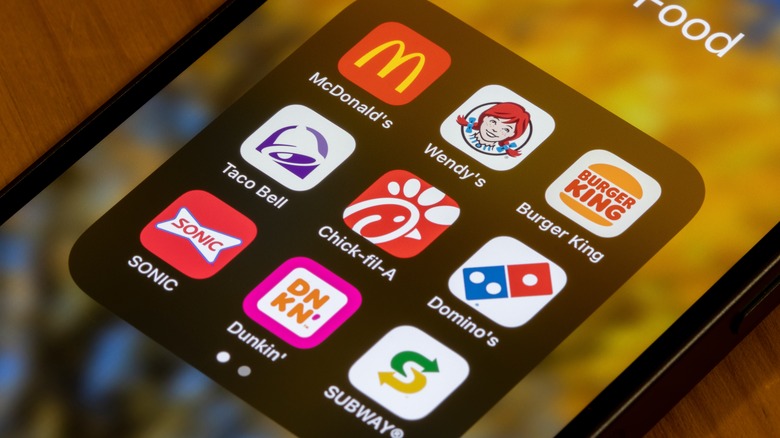What Defines A Food Swamp?
According to the American Heart Association, the term "food swamp" was coined a decade ago to describe a landscape that is dominated or swamped by chain restaurants and convenience stores. These locations provide no access to grocery stores with fresh produce and restaurants with healthy menu options.
Food swamps are considered one of the most adverse food environments and a major contributor to the public health crisis next to food deserts. The major difference between the two comes down to access (via Blue Zones). Food swamps are areas where unhealthy food options vastly outnumber healthy ones. And food deserts describe areas where no healthy options exist. A 2021 study published in the Journal of Medical and Health Sciences shows that both food swamps and deserts exist primarily in low-income and minority neighborhoods and contribute to the epidemics of obesity, diabetes, and other diet and lifestyle-related health problems. Food swamps, in essence, make it impossible for people to make healthy dietary choices.
How food swamps impact society
While food deserts are a concern for public health, food swamps are potentially an even greater concern that requires innovative thinking and systemic change to address. A 2017 study published in the International Journal of Environmental Research and Public Health found that food swamps have a greater contribution to the obesity crisis in the United States and can be used to predict where obesity rates will rise geographically. The study also found that food swamps had an even worse effect on populations with income inequality. While those with money can afford healthier choices, low-income populations can't afford the same healthy options.
An article entitled "Please don't call them food swamps" points out that food swamps are "typical of the North American food system that is corporate, industrial and increasingly global" (via the University of Toronto News). Solving the issue is going to require addressing an entire system.
Can food swamps be helped?
According to a 2016 article in the New York Times, most of the "junk food" served at fast food outlets comes from crops heavily subsidized by the U.S. government. The fact that the government subsidizes the production of grains, meat, dairy, and sugar drastically helps the fast-food industry produce more food at a lower cost. According to Harvard Health Publishing, some of the top sources of calories in the American diet include grain-based desserts, sugary drinks, pizza, beef, and sweet dairy desserts.
So what's the solution to providing healthier options in food swamps? Although the issue is complex and seemingly massive to address, a 2017 study found that by subsidizing healthy food production in the same way the government subsidizes fast food, healthy eating habits could start to improve and provide greater access to those who need them most. It may not solve the issue, but it can help.



